Panasonic announces S5 Mark II & S5 IIX cameras with phase-detect AF, plus LUMIX S 14-28mm F4-5.6 Macro lens
posted Wednesday, January 4, 2023 at 10:00 AM EST
Click here to read our Panasonic S5 Mark II Preview
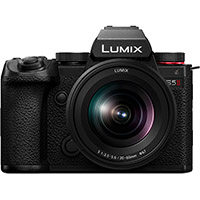
Panasonic has announced a pair of new LUMIX S series full-frame mirrorless cameras, the S5 Mark II and S5 Mark IIX. The pair of cameras share nearly every feature and specification, differing in only a handful of areas, primarily related to video. Before outlining the differences, let's cover what is the same about the pair of new mirrorless cameras.
The Panasonic S5 Mark II features a different image sensor and processing engine than the original S5. The new camera's 24.2-megapixel image sensor, the first use of this sensor for Panasonic, incorporates phase-detect autofocus, another first for the LUMIX series. That's right, the S5 Mark II series cameras are the very first Panasonic LUMIX cameras, Micro Four Thirds or full-frame, to utilize a phase-detect hybrid autofocus system. Alongside the improved image sensor is a new imaging engine developed under the L2 Technology umbrella. To refresh your memory, L2 Technology is a cooperative strategic agreement between Panasonic and Leica Camera AG that was announced last May. The sensor, which includes better readout speed, and the more powerful processor combine to deliver improved image quality, expanded video capabilities, better image stabilization, phase hybrid autofocus and faster shooting speeds.
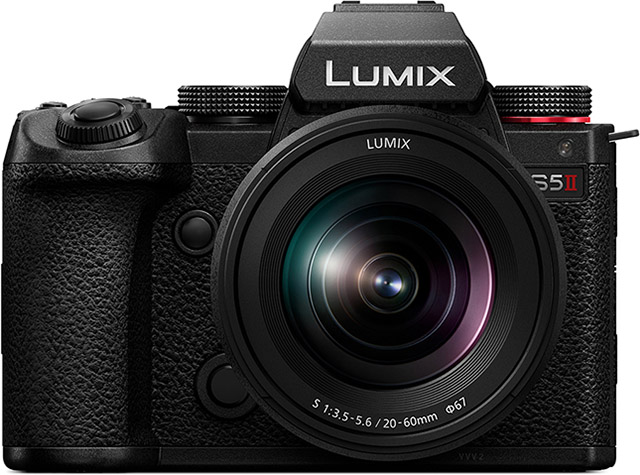
Regarding swifter shooting, the S5 Mark II can record full-resolution raw and JPEG images with continuous autofocus at up to 30 frames per second when using the electronic shutter. The sensor's better readout speed reduces rolling shutter distortion, so the electronic shutter promises to be more reliable and practical than the E.S. in the original S5. You can get a buffer depth of around 200 frames when shooting at these speeds. The S5 Mark II includes a pair of UHS-II SD card slots, whereas its predecessor included one UHS-II slot and a second UHS-I slot.
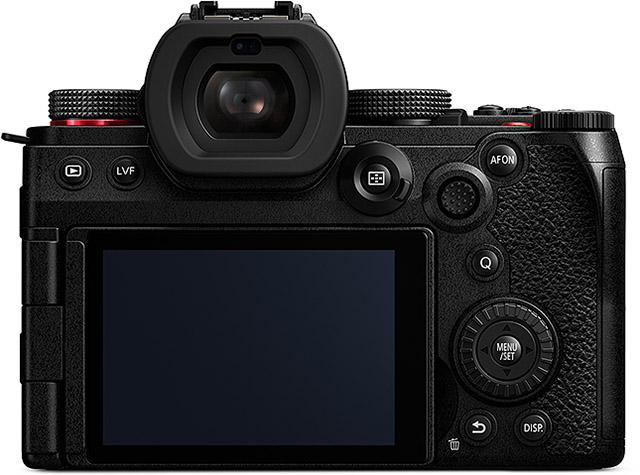
Other improvements to the camera's overall design include a higher-resolution EVF, an improved EVF sensor, a new 8-way joystick (up from 4-way), and an integrated active cooling solution. The active cooling inside the S5 Mark II is very clever, with an intake and fan hidden underneath the EVF on the front of the camera. The system allows you to shoot unlimited video, even at greater than 4K resolutions, without sacrificing the camera's weather resistance.
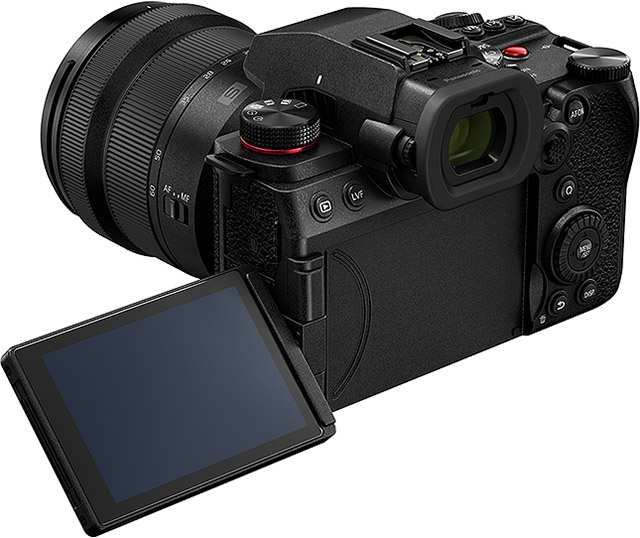
Let's shift to video, as Panasonic has designed the S5 Mark II series to be a true hybrid camera. There are many video features outlined in our Panasonic S5 Mark II Preview, but the highlights include 4K/60p, 4K HDR, 6K recording at up to 30p, and High Frame Rate and Slow & Quick video recording modes. The S5 Mark II includes numerous features to improve the overall video experience, too, including Real Time LUTs, allowing users to load LUTs from an inserted SD card, Sheer Overlay, extensive manual focus settings, zebra display, vectorscope, wave form and much more.
The differences between the Panasonic S5 II and the S5 IIX are clear when discussing video. The S5 IIX offers ALL-Intra recording, raw video data output, ProRes, recording directly to a connected USB-SSD (USB 3.2 Gen2) and live streaming, all right out of the box without any special firmware upgrade. The standard S5 II can perform raw video data output following a $199 paid upgrade, but the other features are unique to the S5 IIX. The S5 IIX also features a stealthy, blacked-out design but is otherwise identical.
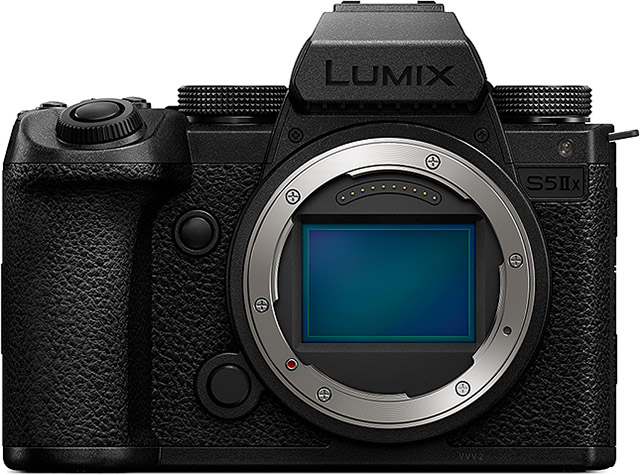
The Panasonic S5 Mark II launches for $1999 (body only) later this month. Kits will also be available. The S5 Mark IIX releases in May for $2199 (body only).
Panasonic LUMIX S 14-28mm F4-5.6 Macro lens announced
Alongside the new cameras, Panasonic has also announced a new S-series lens, the LUMIX S 14-28mm F4-5.6 Macro. The compact, lightweight full-frame lens joins two existing "budget" lenses in the LUMIX S system, the LUMIX S 20-60mm F3.5-5.6 and the LUMIX S 70-300mm F4.5-5.6 Macro O.I.S. These three lenses now cover nearly the entire focal length range from an ultra-wide 14mm to a telephoto 300mm. All three lenses are also designed with high-end video performance in mind, including designs that minimize focus breathing.
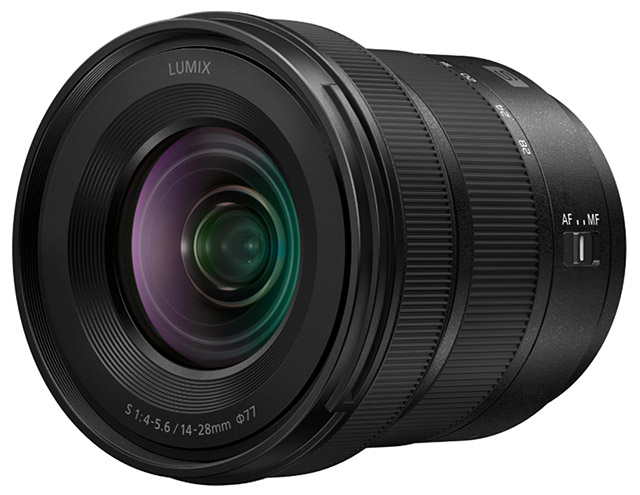
The new S 14-28mm F4-5.6 Macro lens weighs just 345 grams (12.1 ounces) and includes a 77mm filter thread. The relatively compact and lightweight lens includes 14 elements across 10 groups, including an aspherical ED element, one aspherical lens, three ED lenses and a single UHR element. The lens boasts an impressive 0.5x macro capability at 28mm, and can still focus close (0.25x) at 14mm. The minimum focus distance is 0.15 meters (0.49 feet).
The LUMIX S 14-28mm F4-5.6 Macro lens will be available by the end of March for $799.99.